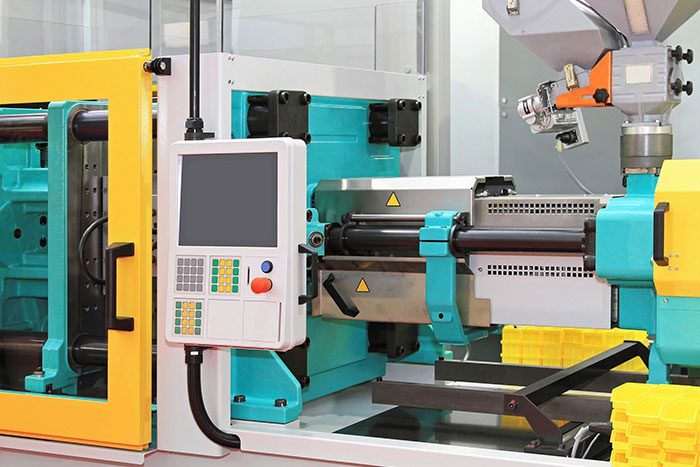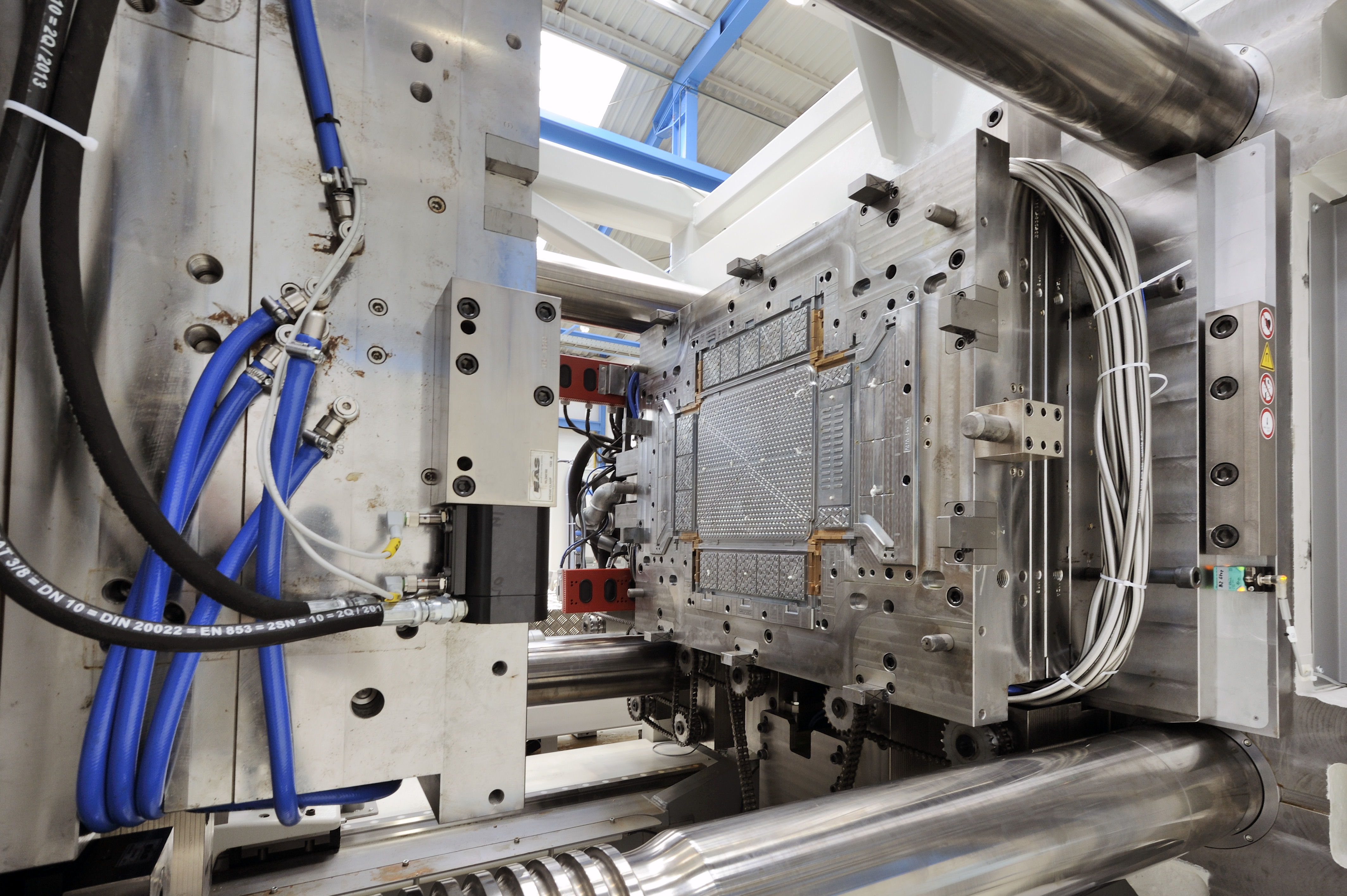Enhancing Product Development with Advanced Plastic Injection Molding Solutions
Enhancing Product Development with Advanced Plastic Injection Molding Solutions
Blog Article
Recognizing the Fundamentals of Plastic Injection Molding Processes
Plastic shot molding offers as a cornerstone of contemporary manufacturing, providing a systematic strategy to generating intricate elements with accuracy. Exploring these essential elements can expose how even minor changes can lead to substantial improvements in production end results, increasing inquiries concerning the capacity for technology in this established process.
What Is Plastic Shot Molding?
Plastic injection molding is a commonly utilized manufacturing process that transforms thermosetting and thermoplastic products right into specific and complicated shapes. This method is preferred for its ability to generate high quantities of similar components with exceptional accuracy, making it an essential approach in numerous industries, consisting of automotive, customer goods, and clinical devices.
The procedure includes thawing the selected plastic material and infusing it right into a mold under high pressure. The mold and mildew, created to the specifications of the desired component, permits the liquified plastic to materialize as it solidifies and cools down. As soon as the material has set, the mold and mildew is opened, and the ended up component is expelled.
Plastic shot molding supplies numerous advantages, consisting of lowered waste, uniformity in production, and the capacity to incorporate complex designs that may be testing with other making approaches. Additionally, it supports a wide series of materials, each offering distinct properties that can be tailored for certain applications. As sectors continue to innovate, plastic injection molding remains at the leading edge, allowing the development of innovative items that meet advancing consumer demands.
The Injection Molding Process
The injection molding procedure is a sophisticated technique that involves several crucial phases to produce high-grade plastic elements. Plastic pellets are fed into a warmed barrel where they are thawed into a thick liquid. This molten plastic is then injected under high pressure into a precision-engineered mold and mildew, which shapes the material right into the desired type.
Once the mold is filled, the plastic is enabled to cool and strengthen, taking the form of the mold tooth cavity. Air conditioning time is crucial, as it impacts the cycle time and the last properties of the shaped part. After enough air conditioning, the mold opens, and the ended up element is ejected utilizing ejector pins.

Materials Utilized in Injection Molding
Numerous materials can be utilized in the shot molding procedure, each offering distinct homes that accommodate details applications. One of the most frequently utilized materials include thermoplastics, thermosetting plastics, and elastomers.

Thermosetting plastics, like epoxy and phenolic resins, undergo a chemical modification during the healing process, leading to a stiff, inflexible structure. These products are optimal useful reference for applications calling for high warm resistance and structural integrity, frequently utilized in electrical insulators and automotive components.
Elastomers, including silicone and rubber-based products, give adaptability and durability. Their distinct buildings make them ideal for applications that demand elasticity, such as gaskets and seals.
Additionally, specialized products like look at this web-site bio-based plastics and compounds are getting traction for their ecological benefits and improved performance qualities, expanding the scope of injection molding applications in numerous markets. Understanding the properties of these products is important for choosing the appropriate type for details jobs.
Advantages of Injection Molding
Injection molding sticks out as a highly reliable production process that provides many advantages for generating complicated get rid of precision. One of the most substantial advantages is the capability to produce detailed styles that would certainly be challenging or impossible to achieve with various other techniques (Plastic Injection Molding). The process allows for detailed functions and limited tolerances, guaranteeing high-quality parts
In addition, injection molding is recognized for its fast production capacities, making it a perfect selection for high-volume manufacturing. When the mold and mildew is produced, parts can be produced rapidly, reducing preparations and boosting general productivity. This effectiveness not only lowers production expenses but also gives an affordable edge on the market.
The versatility of products used in shot molding better enhances its allure. A vast array of thermoplastics and thermosetting polymers can be utilized, permitting makers to pick products that ideal satisfy their details demands, consisting of toughness, versatility, and warmth resistance.
Additionally, the procedure reduces over here waste, as excess product can commonly be reused and reused. This sustainability aspect adds to a minimized ecological influence, making shot molding a liable production selection. Overall, the advantages of injection molding make it a favored method for numerous sectors.
Factors Affecting Product High Quality
While many variables can affect product top quality in shot molding, understanding these elements is crucial for accomplishing ideal outcomes. Secret elements consist of product option, refining specifications, and mold style.
Product choice plays an important role, as different polymers exhibit distinct residential properties that impact flowability, toughness, and thermal security. Poor product choice can cause flaws such as warping or incomplete dental filling.
Processing specifications, including stress, cycle, and temperature time, must be carefully controlled. Variations in these setups can result in disparities partly dimensions and surface area coating. Excessively high temperature levels might cause degradation of the polymer, while poor pressure can result in short shots.
Mold layout is similarly essential, as it determines the flow of the molten plastic and the cooling procedure. Poorly made molds might bring about unequal cooling rates, resulting in recurring anxieties and dimensional inaccuracies.

Final Thought
In final thought, plastic injection molding functions as an important production procedure that enables the reliable manufacturing of high-grade parts. Proficiency of the injection molding process, consisting of the understanding of products and the impact of numerous elements on product top quality, is essential for accomplishing optimum outcomes. The advantages of this method, such as cost-effectiveness and layout adaptability, more highlight its relevance across multiple industries, solidifying its standing as a favored choice for high-volume production.
Plastic injection molding offers as a keystone of contemporary manufacturing, offering a systematic technique to creating intricate parts with accuracy.Plastic injection molding supplies a number of advantages, consisting of minimized waste, consistency in manufacturing, and the ability to incorporate intricate styles that might be testing with other making methods (Plastic Injection Molding). As markets continue to innovate, plastic injection molding remains at the center, enabling the development of sophisticated products that satisfy evolving customer demands
The shot molding process is an innovative technique that includes a number of essential phases to produce high-quality plastic elements.In conclusion, plastic shot molding serves as an essential manufacturing process that enables the effective manufacturing of top quality parts.
Report this page